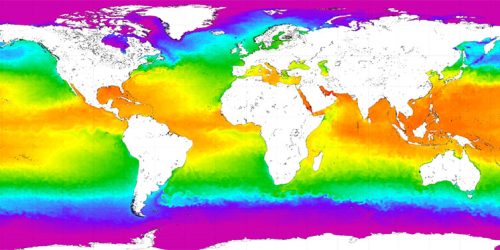Methane is a powerful heat-trapping greenhouse gas that contributes to global warming, and reducing its emission is a top priority for the United States Government’s climate action plan. The US is the world’s largest methane emitter from oil and gas activities, making it essential to have a complete understanding of past methane production and emission trends to make accurate future projections. A new research study, partially supported by the Climate Program Office’s Atmospheric Chemistry, Carbon Cycle and Climate (AC4) Program, has quantified methane emissions from the oil and gas industry in the US from 2010 to 2019. An international group of researchers, including AC4-funded scientist Daniel Jacob of Harvard University, analyzed satellite and in-situ observations of methane concentrations using an inversion method, which uses a set of observations to calculate the causal factors that produced them. The results, published in Earth, Atmospheric, And Planetary Sciences, provide average methane emissions over the 2010 through 2019 period that are seventy percent higher than previously estimated by the US Environmental Protection Agency. The data shows a pattern of increasing methane emissions from 2010 through 2014, then decreasing until 2017, and increasing again to 2019, all of which can be explained by oil and gas production rates, the number of active wells, and the creation of new wells. Though the emissions increased overall over the study period, the methane intensity, a ratio of methane emitted to methane produced, decreased from 3.7% in 2010 to 2.5% in 2019. This trend reflects a slower increase or a decrease in oil/gas methane emissions relative to the increase in oil/gas production and could result in a 32% decrease in emissions by 2030 if it continues. This work provides new information on the factors driving methane emission trends in the US and it was supported by AC4 through an initiative focused on explaining various trends, patterns, and extremes in the existing long-term observational records.
Drivers of Methane Emissions and Intensities from US Oil and Gas Industry











